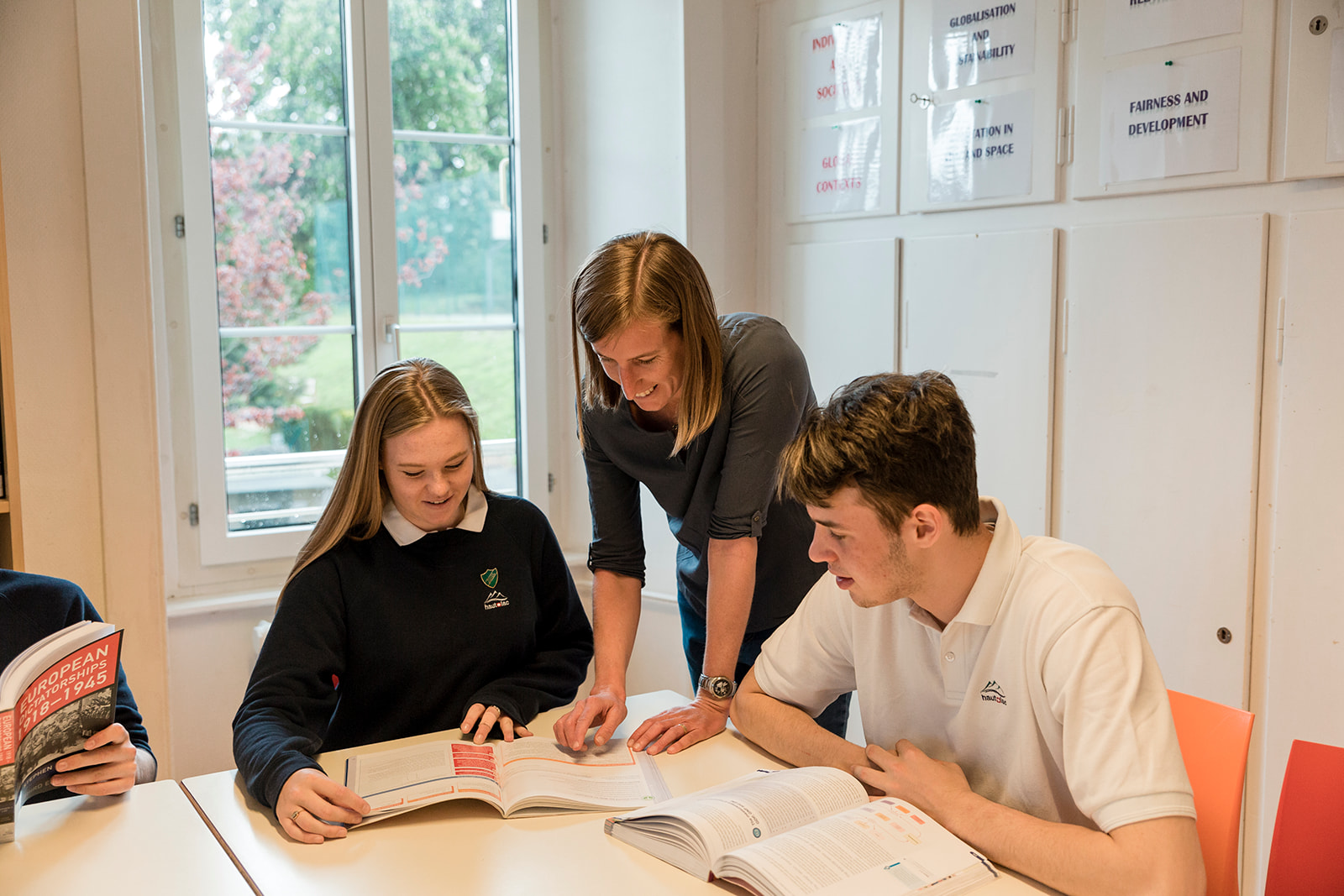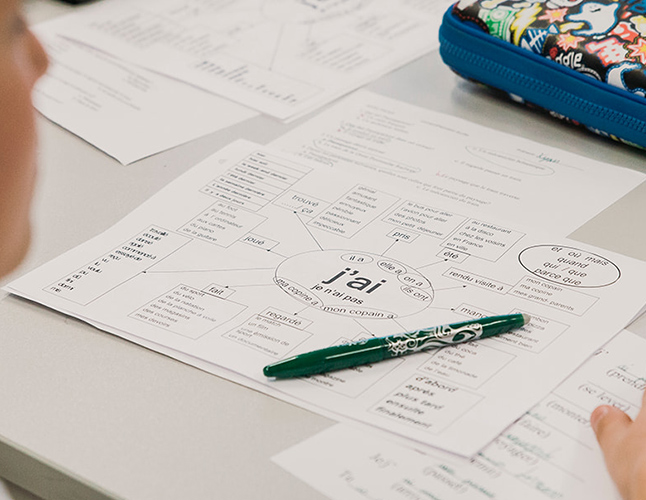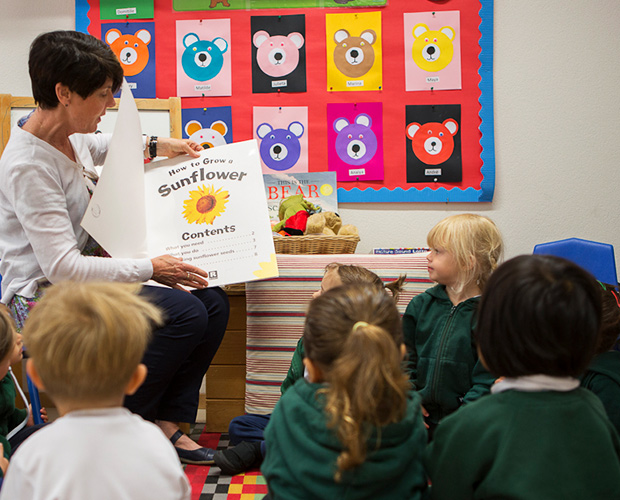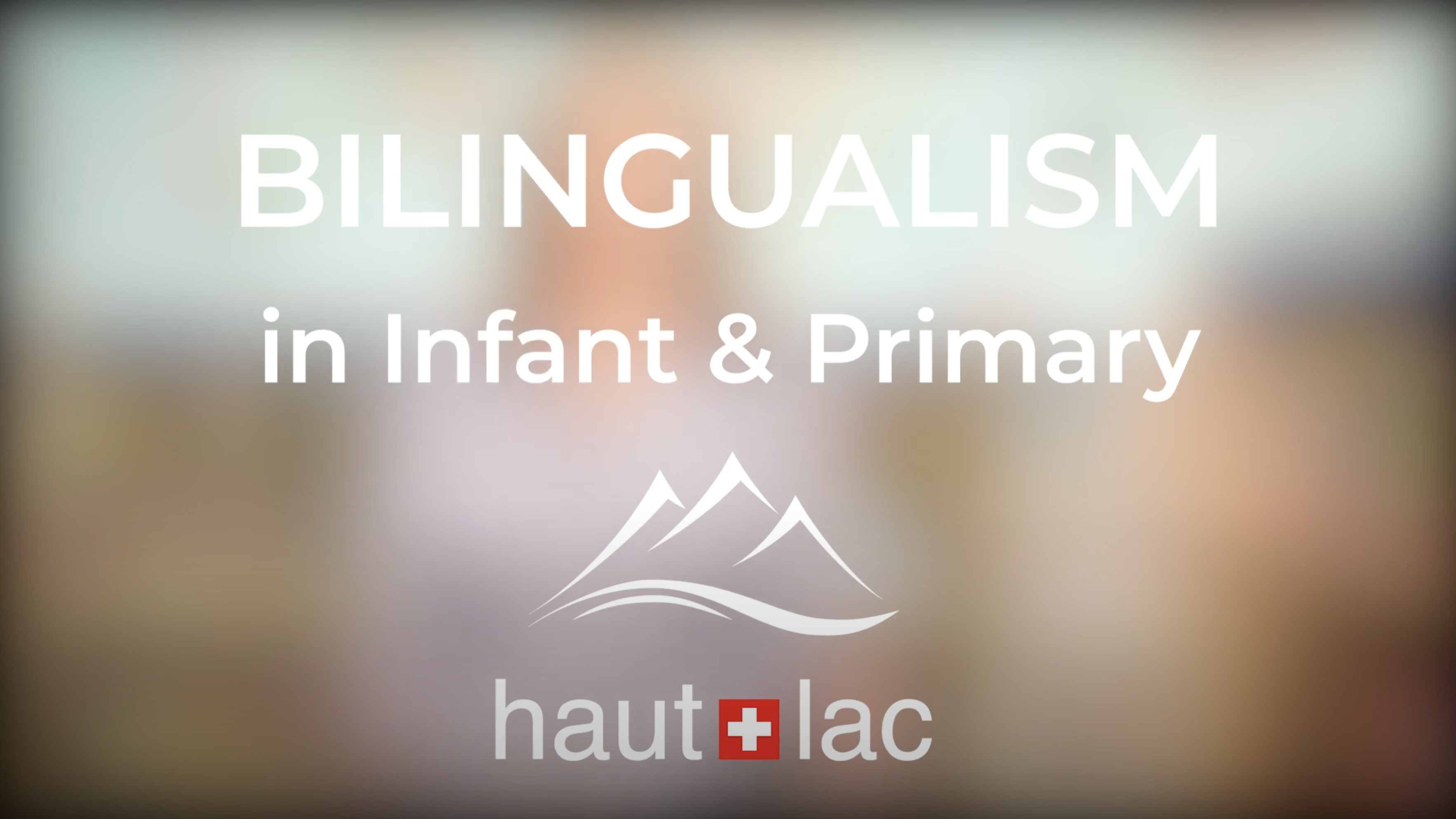A BILINGUAL SCHOOLNo longer a privilege, but rather a necessity
Why? Because being able to speak two or more languages provides us with a communicative edge, the ability to understand and adapt to different situations, and added value in the eyes of employers worldwide.
What’s more, students who foster the abilities below are often always one step ahead of their monolingual peers. Hence why our English stream and French stream students still have one French or English lesson a day respectively, and may transition into the bilingual stream at any point.

6 benefitsof bilingualism
-
Enhanced cultural awareness
-
Better academic focus and performance
-
Stronger communication skills
-
Increased creativity
-
Heightened cognitive ability
-
Greater job opportunities

OUR APPROACHTO BILINGUALISM
We define bilingualism as the ability to effectively communicate in two or more languages in any context the real world may require.
By focusing on the idea of effective communication, our students move from learning to use individual words and phrases in pre-rehearsed scenarios to applying and using their language skills in any situation. This means that, while they may use French and English at different proficiency levels, all our students are able to learn from each other as they use both languages in their every day lives.
That’s what makes us a bilingual school and why we say our students live and learn bilingually.
OUR BILINGUAL EDUCATIONBELIEFS
- Language learning is a long journey that is different for each individual student
- The best language learning takes place when students are happy and feel safe to take language risks
- Each student needs to be nurtured on their language journey both in and out of the classroom
- Language learning should be adapted to the needs of each student and value the language and cultural background of all our learners
- Children thrive when they can communicate in the language of their home, their school and their environment


OURCOMMITMENTS
- Keeping pace with language research and development in a changing world
- Considering students’ language pathways with parents
- Ensuring a balanced bilingual curriculum in terms of time and extra-curricular exposure
- Ensuring that language learning happens in all classrooms via school-wide monitoring and staff professional development
- Adopting a targeted approach to subject specific language development
- Providing the necessary support for students learning English and French and additional support, where required
- Supporting the development of mother tongue languages as a powerful tool to help increase the rate of second language acquisition
- Employing translanguaging strategies in the classroom to help increase the rate of second language acquisition

INFANT & PRIMARYBILINGUALISM
They work three days in English and two days in French every week for half a term before switching to three days in French and two days in English for the second half to ensure they get equal access to all areas of the curriculum in both of the school’s working languages.

SECONDARYBILINGUALISM
Diploma or Career-Related students, who are enrolled in our bilingual section, will study half their subjects in English and the other half in French to ensure they get equal exposure to both languages every week.

